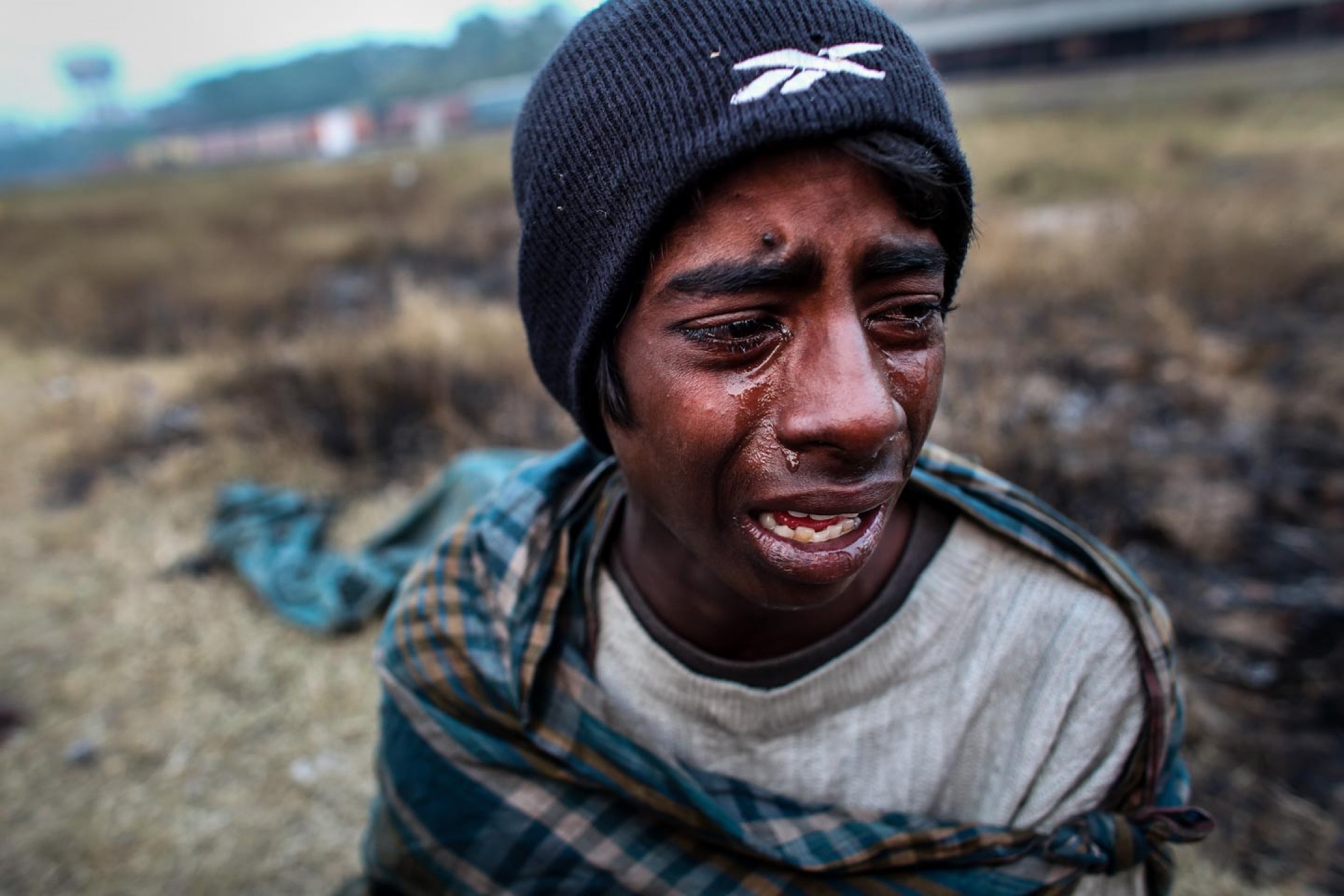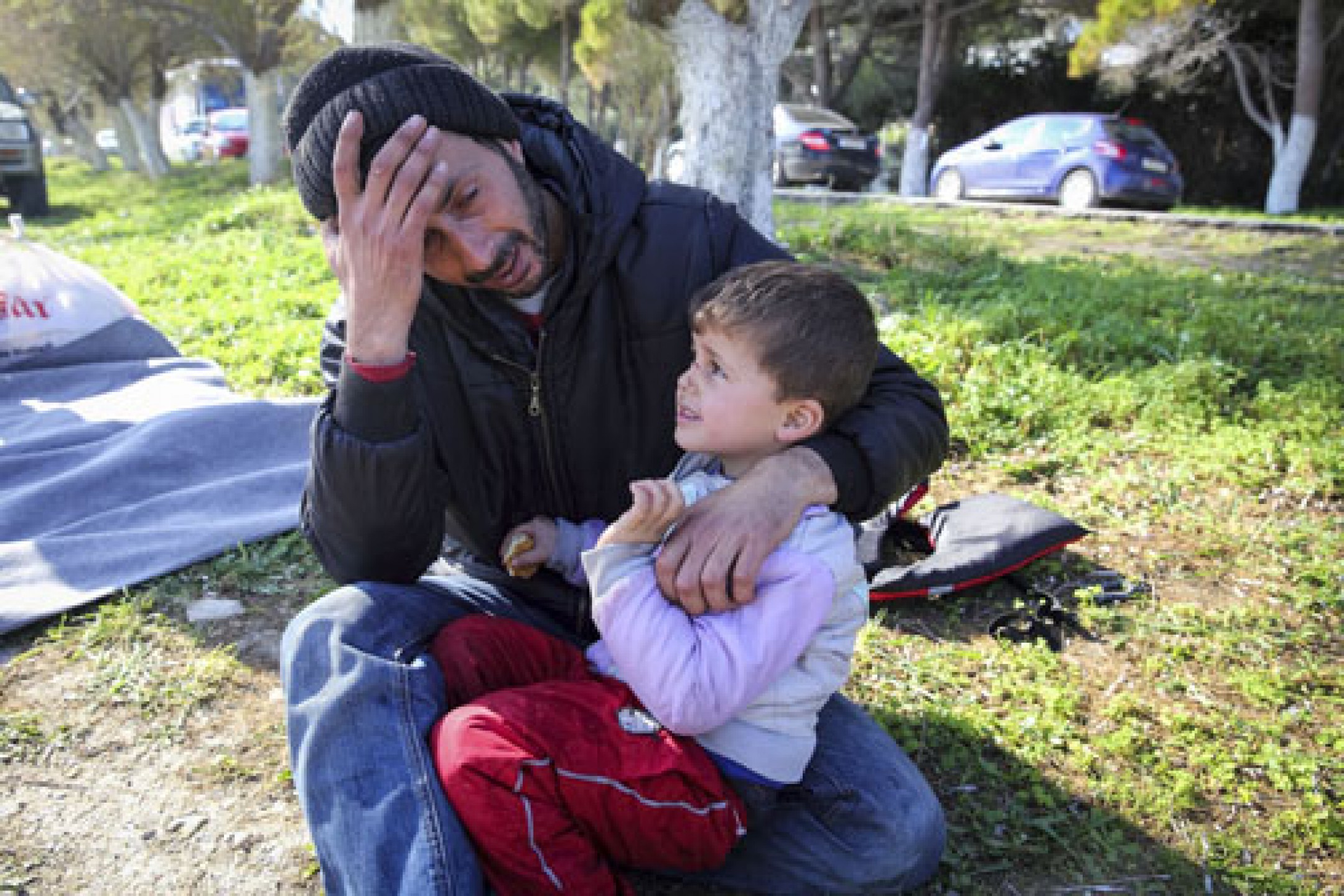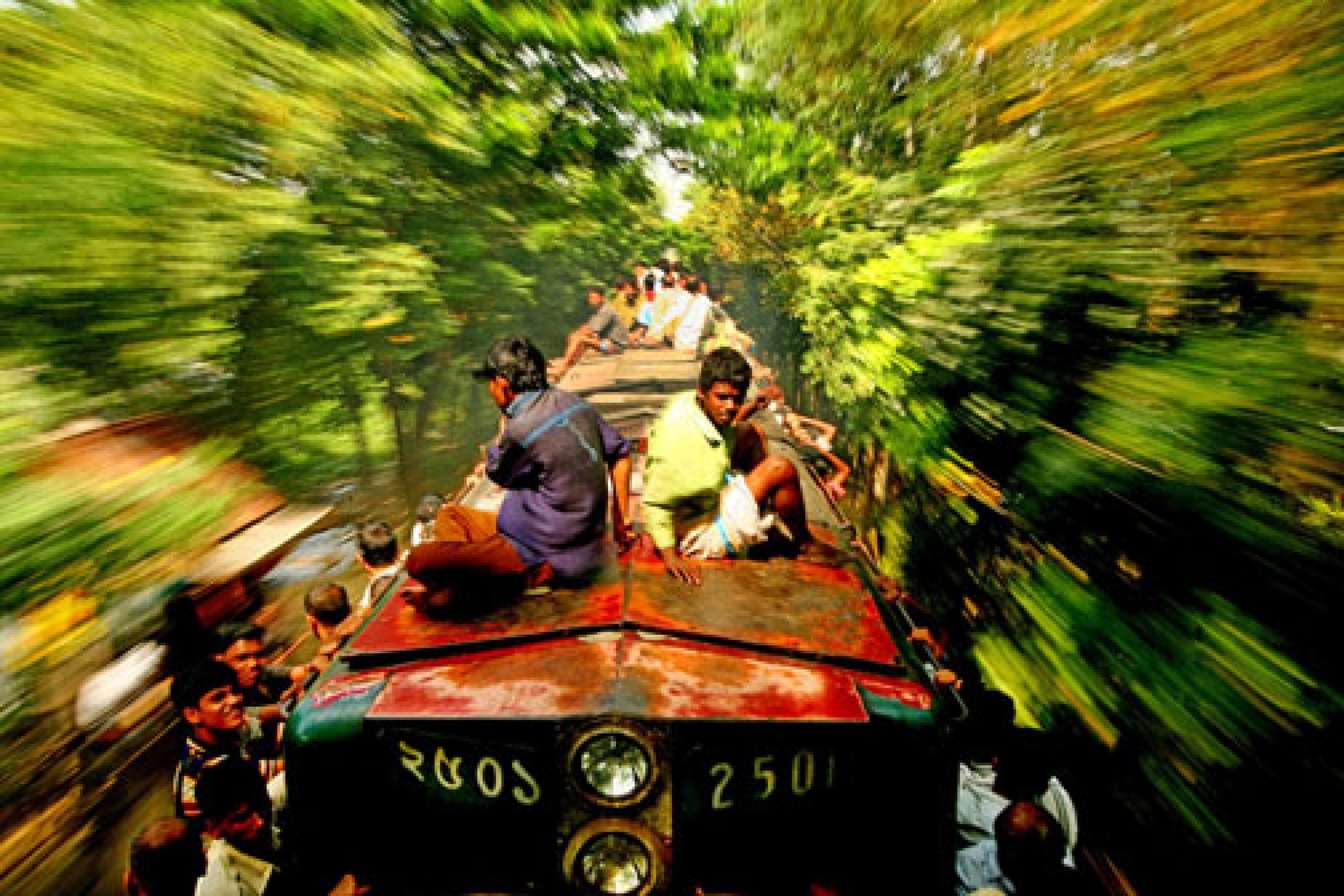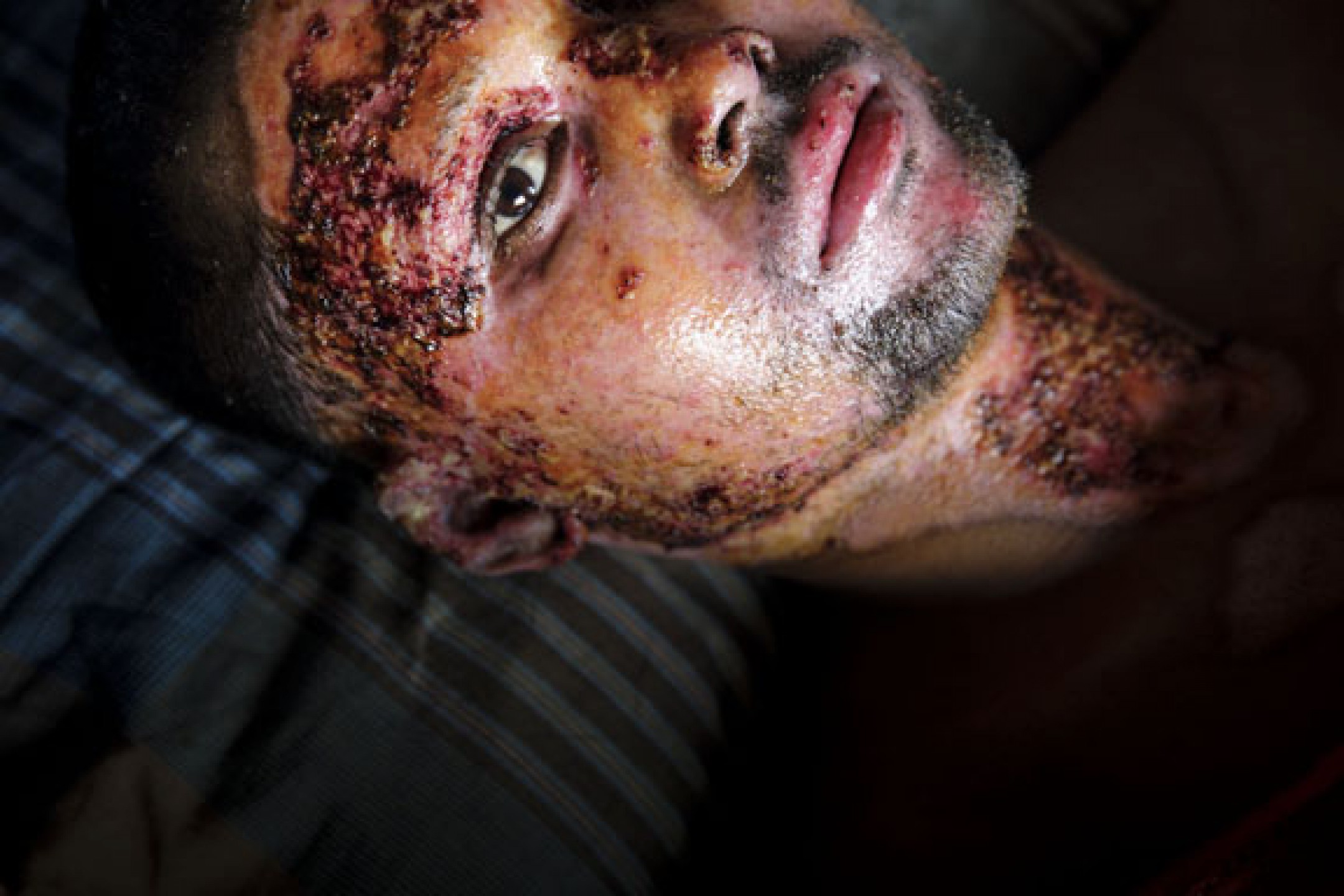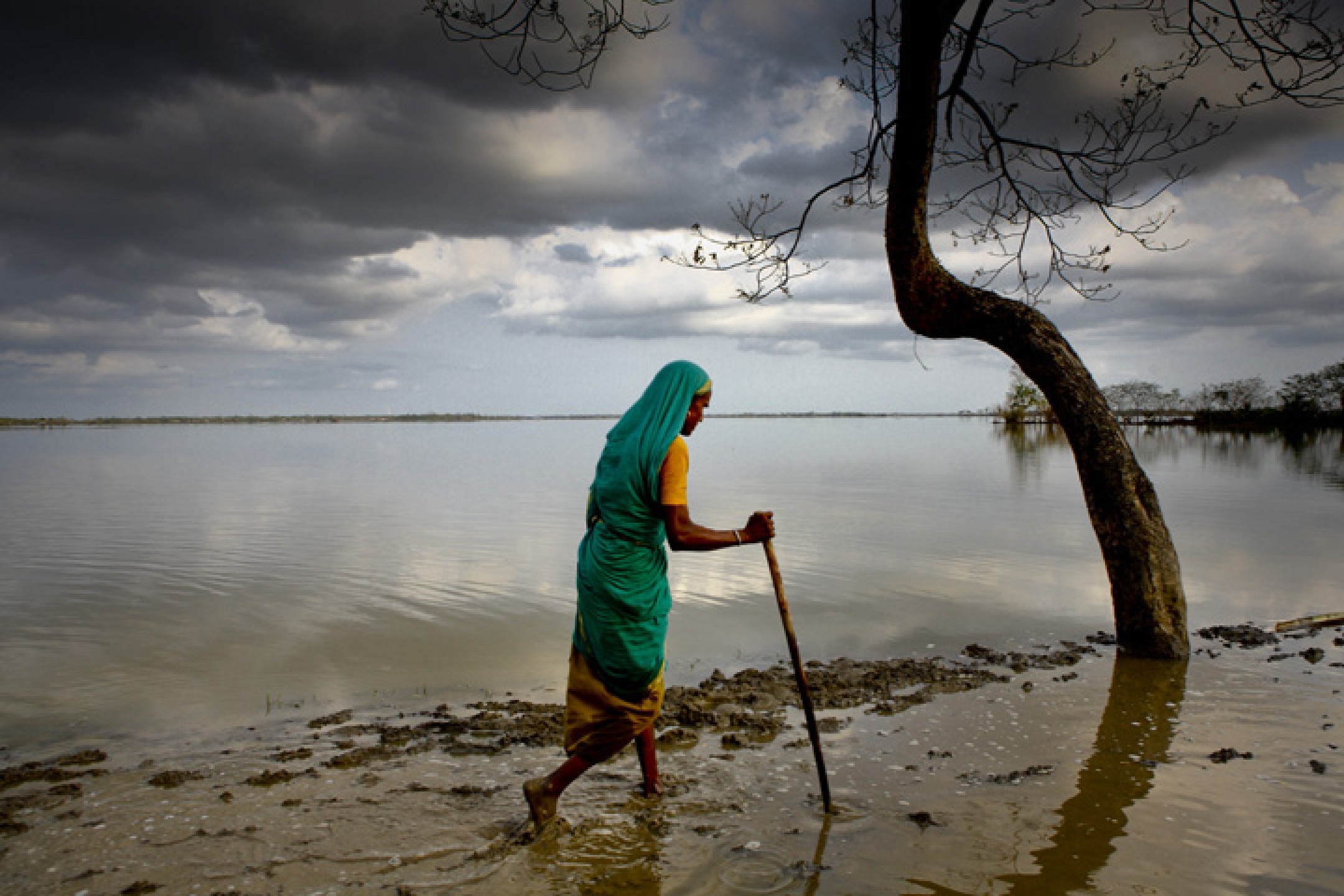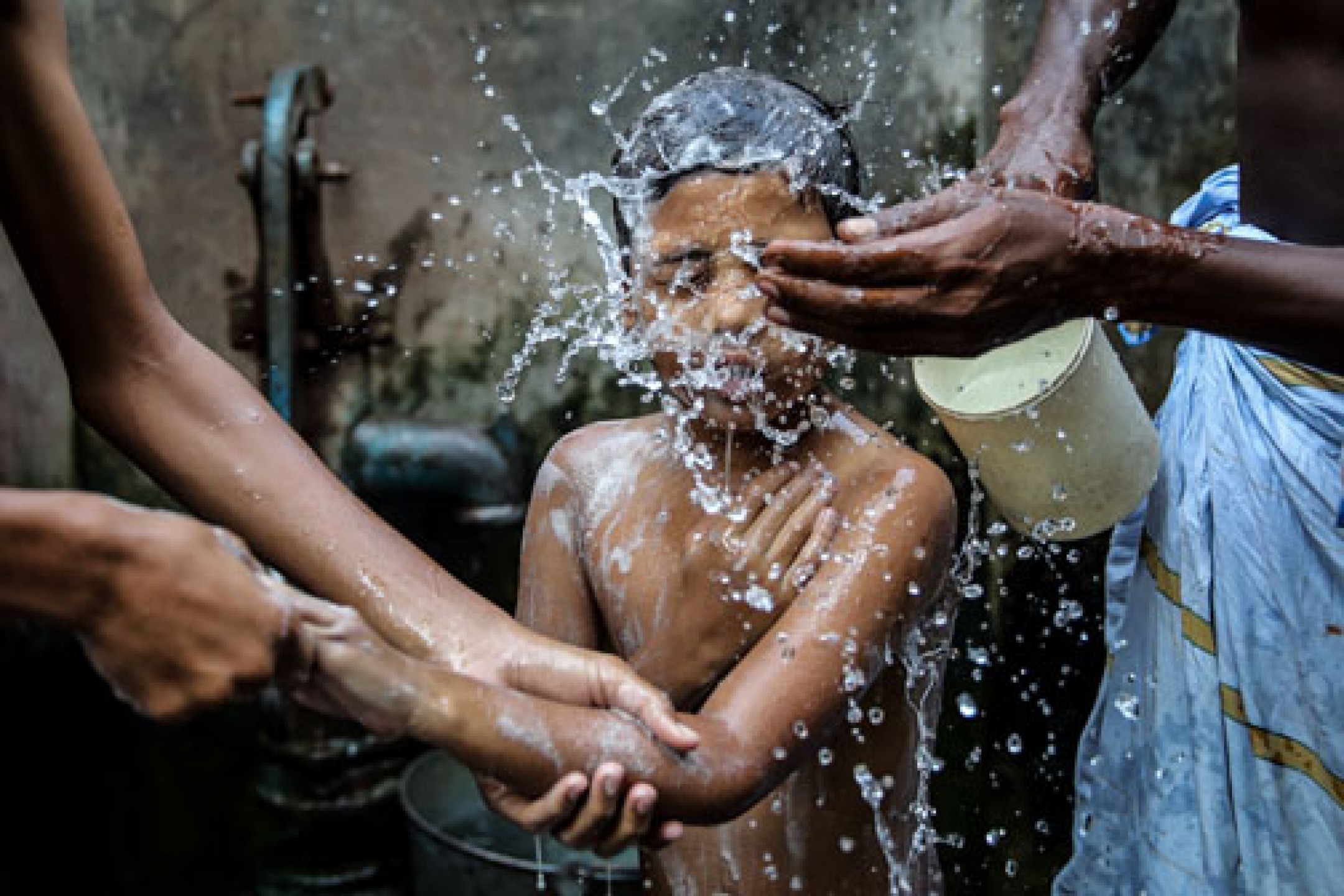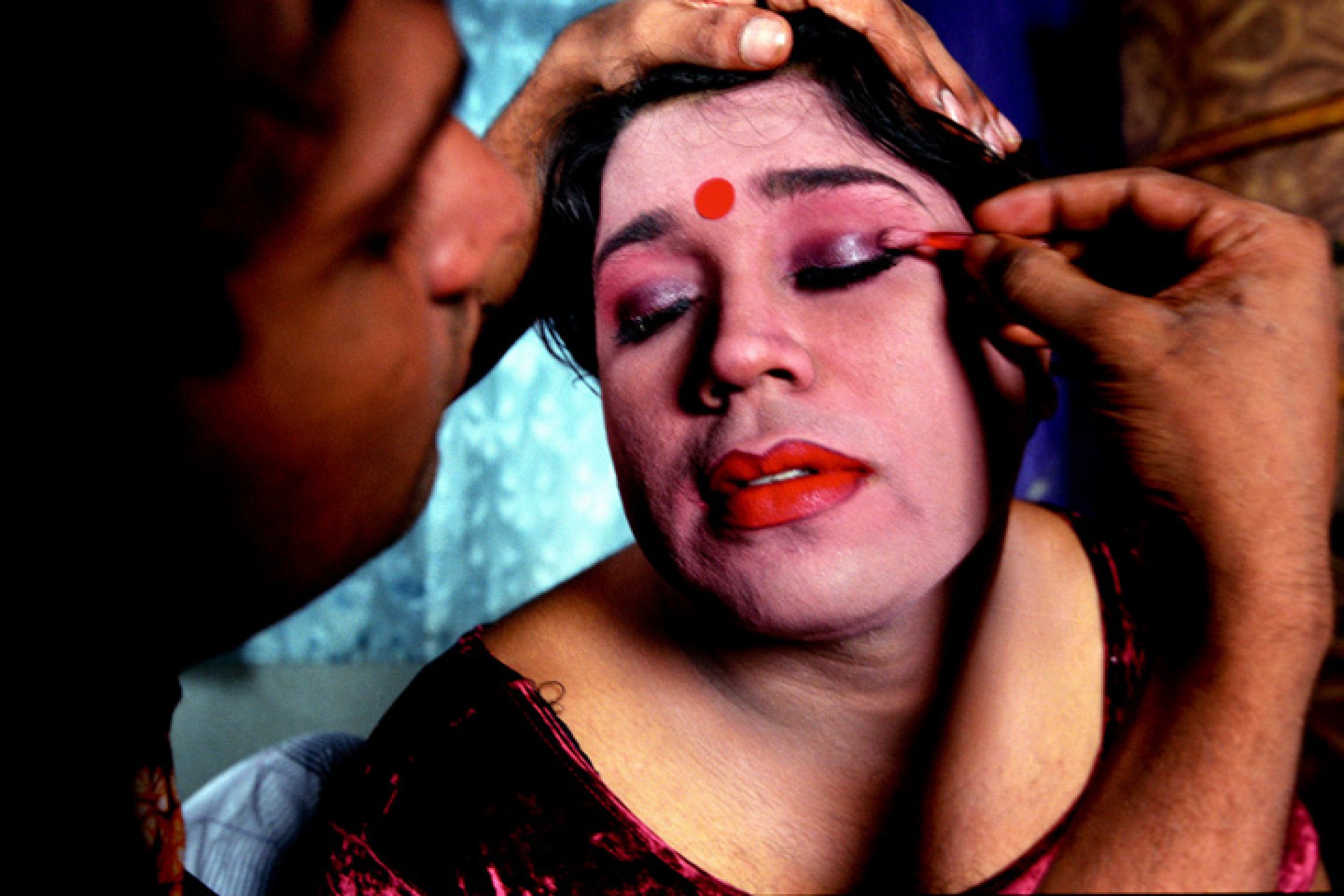
Sex workers in Bangladesh
The two-to-three –thousand –square-meter area of Kandaportte Potitalow is home to 1500 prostitutes and their families. This place is all they know and it has its own micro infrastructure of grocery stores, teahouses,hairdressers, and doctors. The women themselves only know this other world through the men who come here; they know rickshaw pullers, truckers, businessmen, policemen and priests.Most of the girls who work here were either born here, fled here, or were sold by their relatives when they were between eight and ten years old. Low social status and a lack of opportunities for both education and employment, have forced many Bangladeshi women into prostitution or exposed them to other forms of sexual exploitation. An estimated 150,000 women are involved in prostitution in Bangladesh.
Visit Gallery






